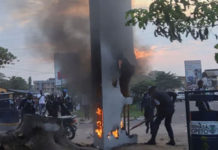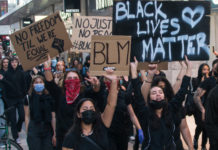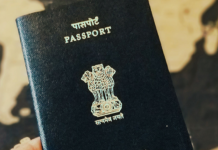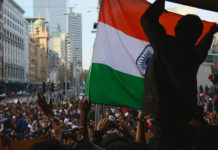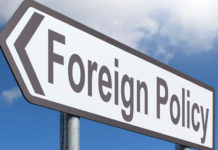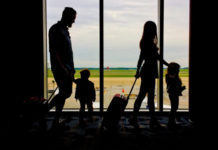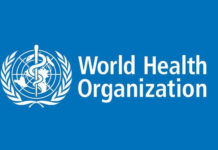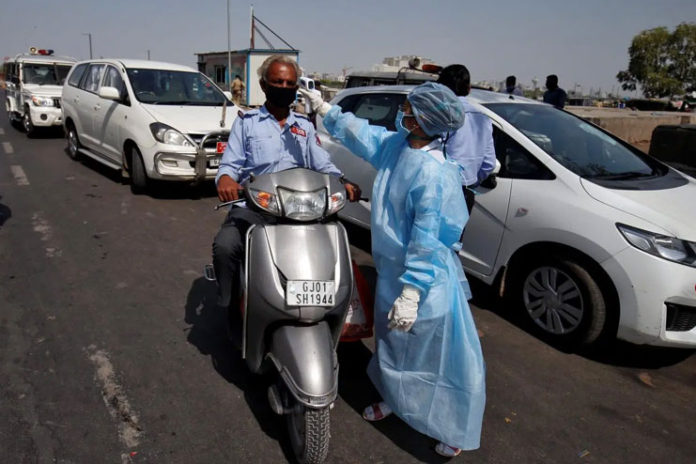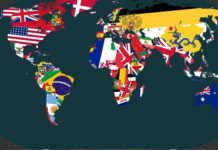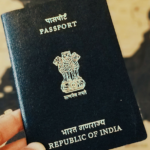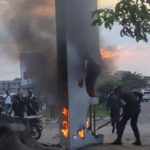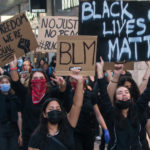Even though the number of Covid-19 confirmed cases in India has crossed 40,000, the Union Health Minister of India, Dr Harsh Vardhan reported that the country has a Covid-19 mortality rate of 3.2%, which is the lowest in the world.
“Today more than 10,000 COVID-19 patients have been discharged. Those still admitted at hospitals are on the road to recovery. If in last 14 days doubling rate was 10.5 days, then today it is around 12 days,” he further stated.
The total death toll at the moment due to Covid-19 is at 1300 as of Sunday.
Lockdown 3.0
While some of the leading countries like the US, Italy and even Germany initially failed to cope with the Covid-19 outbreak, the Indian government took decisions without letting things get worse.
While the hindsight of putting 1.3 billion people in a lockdown can be daunting, that is exactly what the country did. Just when there were 600 confirmed cases, the government imposed a 21-days nationwide lockdown.
The same was then extended with Lockdown 2.0 up till May 03 followed by Lockdown 3.0 till May 17, 2020.
These lockdown measures and strict implementations of the rules and regulations in the colour codes zones help bring the situation in a lot more control than what anyone could ever imagine.
Gratitude towards frontline workers
Given the kind of uncertain and negative life that people are leading, the Indian military forces came together on Sunday to celebrate the risks that the frontline healthcare workers and essential workers are taking on a daily basis.
The Indian airforce showered the health workers with rose petals and the jets roared across the country to show tribute to every person who has been sacrificing everything in their lives to fight this ill fated virus.
In several of the states and territories, the Indian airforce jets indulged in some low flying aerial salutes to thank the countries corona warriors.
Defence Minister Rajnath Singh also took to Twitter to showcase his views on the situation, commending the amazing work that the frontline warriors have been doing. He also applauded the Indian police who have been working extensively enforcing the regulations during the nationwide lockdown.
Even the Indian Navy has taken part in the initiative and lit up its ships on the shores of the Indian coast as a tribute to the frontline warriors during the times of crisis.
Expat repatriation in process
The Indian government has also started to plan to rescue all of their stranded citizens across the globe. People have already registered on the online portals initiated by the state governments. Over 150,000 people have registered to be rescued from UAE alone.
Over 390,000 non-resident Keralites from across the globe have registered through online registrations from across the world.
The process of rescue is still under progress and with no clarity on the status of the lockdown, it is likely that the repatriation plans will be effective once the lockdown is lifted.
Identifying hot spots and colour coded zones
One of the effective ways that India was able to control the virus outbreak was with the process of identification and segregation of all the high risk zones.
Soon after the implementation of the first lockdown, the Indian government started working to identify some of the high risk zones across the country and colour coded those said zones.
Restrictions in those areas were made stricter and the freedom of movement for the people was further strengthened. The government also found that majority of the coronavirus impacts were on the western zones in the country in comparison to the eastern zones.
The numbers of red zones were found more in the cities and the metros like Maharashtra and Gujarat instead of the smaller states like Bihar and Odisha.
Explaining the colour coding process, the government explained that the green zones comprised of the districts which have not reported any new confirmed case in the last 21 days. The classification of the districts under the red zone includes the one which has its number of confirmed cases doubling at a higher rate.
The districts that are neither green nor red are classified as orange zones.
“The pattern reflects difference in economic development, indicated by the size of the international airports, number of international and domestic flights operating from those airports, foreign-returned travellers arriving and spreading out from there,” said K. Srinath Reddy, president of the Public Health Foundation of India (PHFI).
Reddy further said that since the rural parts of the country have less mobility and less exposure to the likelihood of international travel and such, the threat in those areas is a lot lesser in comparison.
This was one of the major steps towards helping reduce the spread of Covid-19 and even helping keep the mortality rate at the least in the world.



